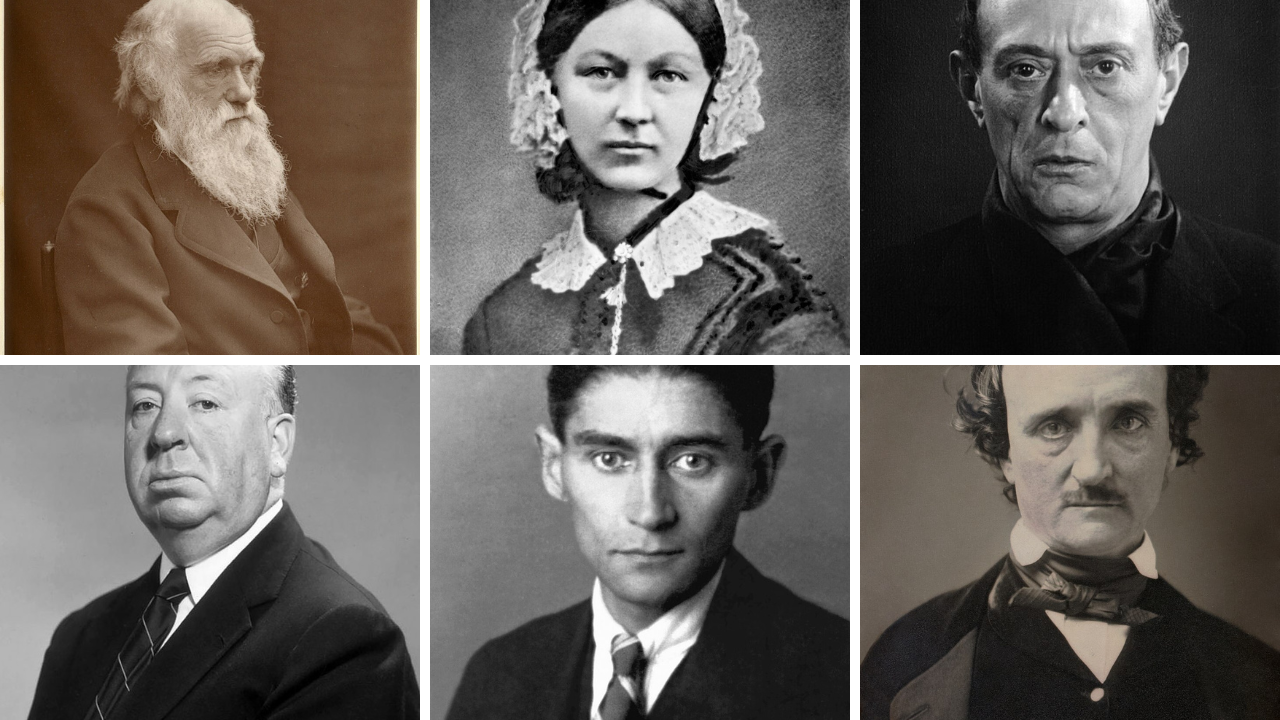Betrayal recasts alliances in an instant, and history rarely forgets who crossed the line. When insiders change sides, the damage spreads beyond a single city or campaign, shaping borders, faith, and memory. Motives range from fear to ambition to hard calculation, but the pattern is familiar. A trusted hand opens the door and the cost lands on those who believed the bond would hold. These episodes trace wartime strikes, political coups, and diverted crusades, and show how one decision can echo across generations.
Operation Catapult At Mers El Kébir

On July 3, 1940, British warships attacked the French fleet at Mers el Kébir to prevent a potential German seizure after France’s armistice. Vice Admiral James Somerville presented choices, then ordered fire at 5:54 p.m., while hundreds of other French vessels in British ports were seized. More than 1,200 French sailors died and ties snapped overnight, with a retaliatory bombing of Gibraltar. London framed the strike as grim but necessary, yet critics inside the Royal Navy called it a grave political mistake with a lasting scar.
The Battle Of Hong Kong’s C Force

In 1941 Canada sent two battalions to reinforce British Hong Kong, the Winnipeg Grenadiers and the Royal Rifles, units flagged at home for limited training and weak equipment. Japan attacked on Dec. 8 local time and overwhelmed the garrison within weeks. Brigadier J. K. Lawson was killed, and atrocities followed in hospitals after the surrender. Many Canadians later judged the deployment a failure of duty to vulnerable troops, with 290 killed and 493 wounded, a cost tied to decisions made far above the ranks.
Benedict Arnold And West Point

Revolutionary War hero Benedict Arnold shifted from celebrated commander to conspirator after grievances over promotion, debt, and loyalist ties in Philadelphia hardened his anger. In 1780 he sought command of West Point, weakened its defenses, and passed plans to the British through Major John André. When André was captured on Sept. 21 carrying incriminating papers, Washington felt personally betrayed. Arnold fled to British lines, received a general’s rank, and spent the war striking his former countrymen.
Vidkun Quisling’s Collaboration

Norwegian politician Vidkun Quisling courted Nazi favor, shared military information, and tried to seize power as Germany invaded on Apr. 9, 1940. With the king and government fleeing Oslo, he announced a new regime on radio, then governed as a collaborator while German authorities kept real control. Deeply unpopular at home and increasingly irrelevant to Berlin, he nevertheless enforced occupation policies and anti Jewish measures. After liberation he was tried for treason and executed, his surname becoming a shorthand for traitor.
The Sack Of Constantinople, 1204

The Fourth Crusade, launched by Pope Innocent III, drifted from its stated aim and, after detours through Zara and Byzantine court intrigue, struck Christian Constantinople instead. Backed by Venetian interests and a failed pact with the claimant Alexios Angelos, crusaders stormed the city on Apr. 12, 1204, then looted, burned, and installed a Latin emperor. The sack deepened the rift between Eastern and Western Christians and weakened Byzantium so severely that recovery proved brief and the region’s balance shifted for centuries.


